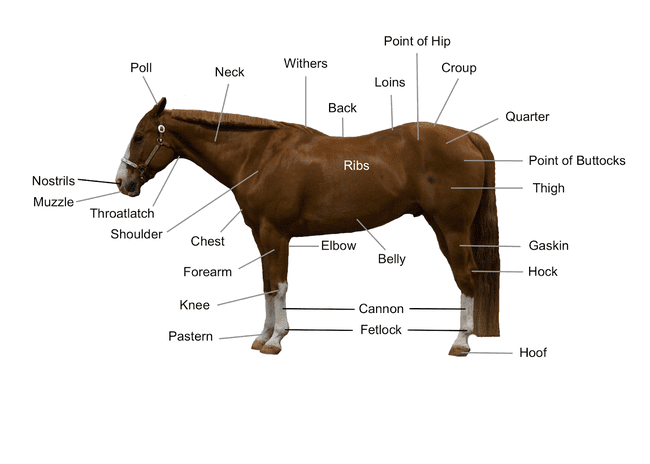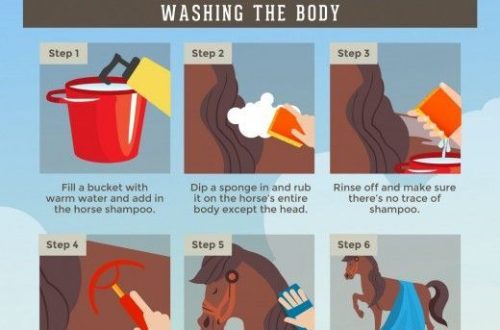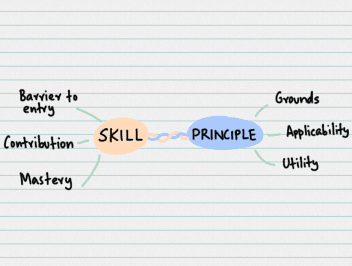
Why is it important to feel where the horse’s legs are?
Why is it important to feel where the horse’s legs are?
Being able to feel the beat of a horse’s hooves and know at any given time where each of its legs is is the foundation of good riding. Unfortunately, few riders are taught this. For many people, the feeling or even awareness of the exact sequence of movements of the horse’s legs remains unimportant – it all comes down to practicing a good seat.
So why is understanding where your horse’s feet are so important?
If you don’t know where your horse’s feet are, the effectiveness and accuracy of your actions can be easily questioned. In this case, you, unwittingly, can negatively affect the balance and straightness of the horse.
Applying the controls at the right time helps the horse respond correctly to your signals while staying in balance, while using them at the wrong time not only violates the laws of physics, but actually makes it impossible for the horse to do what you ask him to do immediately. and forces her to either ignore or resist mishandled commands.
The rider needs to sense which foot of the horse is in the air or on the ground, and where the horse’s feet are on any given line. Knowing which foot is in the air or on the ground is important because the horse can only respond quickly to certain aids when its leg is in the air, while other aids can only be effective if , if at that moment she leans her foot on the ground. Knowing where the horse’s legs are in relation to the trajectory of his movement is essential, as this plays an important role in improving the straightness and balance of the horse.
Knowing the theory of the sequence of hoof strikes at walk, trot and canter, you will be able to feel and understand which leg is where and how it moves.
One of the most common misconceptions is that the horse starts moving by moving the front leg. In fact, the horse starts with the back foot, which (even if it is not yet off the ground) should push the horse forward. This push of the hind leg means that the horse is partially off balance and therefore has to push his front leg forward to catch himself and regain his balance. The sequence of steps in the walk is left hind -> left front -> right hind -> right front (or vice versa), making the walk a four-beat gait with no moment of hanging.
To feel the horse’s back while walking, you need to sit with your sitting bones down and weight evenly distributed between the left and right bones. Your balance and the freedom of movement of your pelvis will have a direct impact on the quality of your horse’s stride and whether you feel the movement of each hind leg.
The movement of the horse is two-way. If your hips are tight, it will be difficult for you to follow the movement, which will likely move your pelvis back and forth instead of left to right, and make it difficult for you to feel how each leg moves. As the left hind foot touches the ground and the horse begins to load that foot, you should feel his back rise and lift your left glute. When the horse’s right hind leg moves forward, the horse’s back will drop down on that side and the chest will swing inward. Pay close attention to one buttock at a time. Feel every rise and fall. Notice the constant movement of the hip joints.
The front legs are easier, as you can see their movement by looking at the shoulders. When the shoulder blade moves forward, the front leg on that side is in the air. When the shoulder blade moves back, the front foot is on the ground.
If you can’t feel your back foot hitting the ground, you’re probably leaning forward or falling backwards. It could also be that your horse is not moving with enough energy (the movement of the hind leg is too subtle). An easy way to learn to feel movement is to take both reins in your outside hand and place your inside hand on your horse’s thigh. Feel the movement of the horse’s pelvis with your hand, and once you remember it, move your hand to your hip and try to feel the same pattern of movement there. In the end, you will learn to feel the movement only in the pelvis.
Once you begin to feel whether the horse’s foot is in the air or on the ground, you will be able to use the controls in a more timely manner, which will be reflected in their effectiveness. So, if you want to increase the circle, you will have to apply the controls in time – act on the horse with the inside leg when his inside hind leg is in the air. Similarly, if you want to move your horse’s shoulders inward, it will be much easier for him to follow the command if you ask him to do so when his outside front leg is in the air. The half halt can only be really effective if you ask for it when the horse’s feet are on the ground. So if you want to do it on the outside hind leg, you can, for example, do the following: signal half-halt when the outside hind foot touches the ground (one step), signal half-halt when the outside hind foot touches the ground (second step) ), stop (when the outside hind leg comes down (third step).
When you start to get a feel for where the horse’s feet are in relation to the line of motion, this will be an indispensable help – you can focus on different markers: trees, arena letters, etc. to make the line really straight and the circle really round. For example, I use small cones to create gates at strategic locations along my intended lane. Then, if the horse steps on the marker, I just have to ask myself which foot he did it with.
If it was the front leg, it means that my horse’s shoulder went to the right side and I didn’t correct it with my leg and knee. If it was the hind leg, it would mean that the croup had shifted to that side and that I didn’t hold the horse with that leg, or the horse ignored my signal. Of course, misalignment of the shoulder or hip can also be caused by asymmetry in the horse and rider error, but the more accurately we ride the lines, the better my horse will be balanced.
In this article, I’ve only covered the walk, but once you’ve mastered the walk and know the leg sequences in the trot and canter, you’ll be able to master them relatively easily.
Fran Griffith (source); translationValeria Smirnova.





